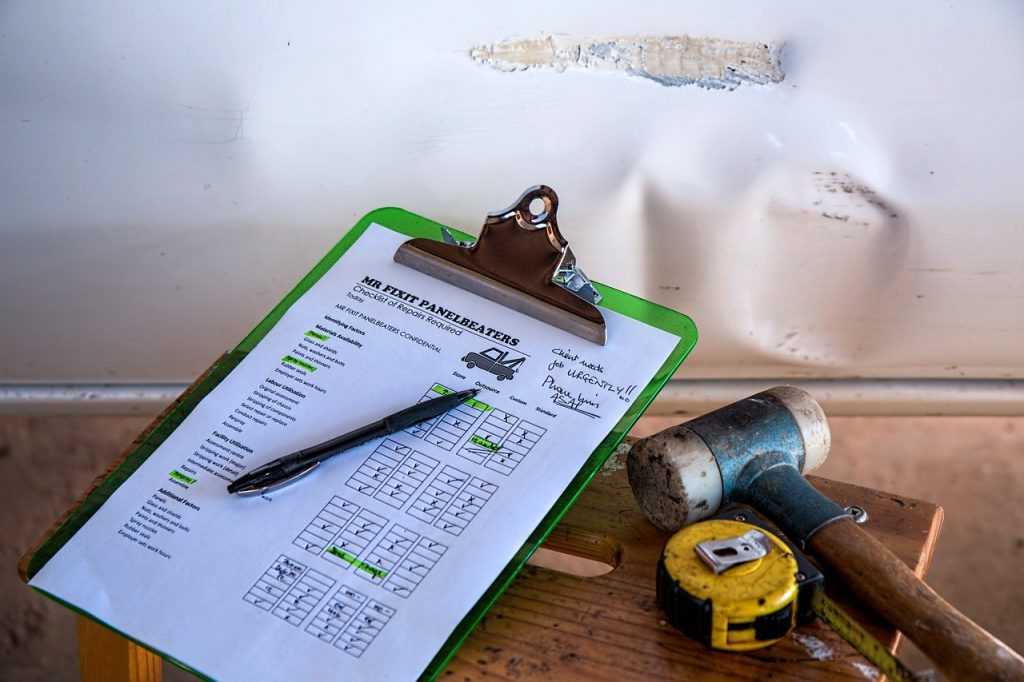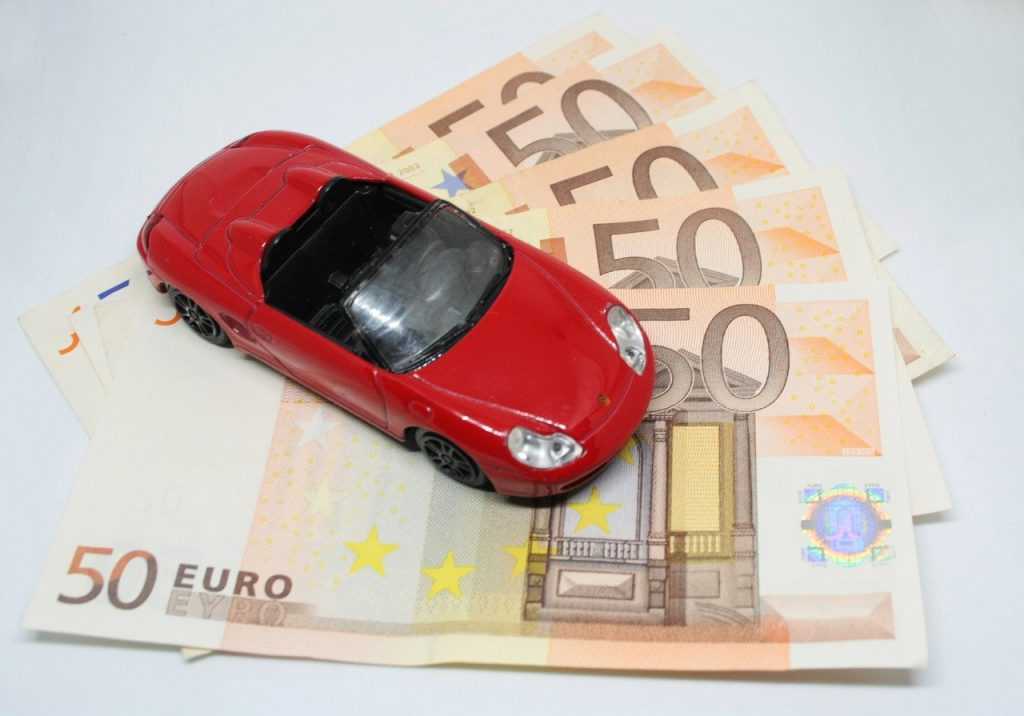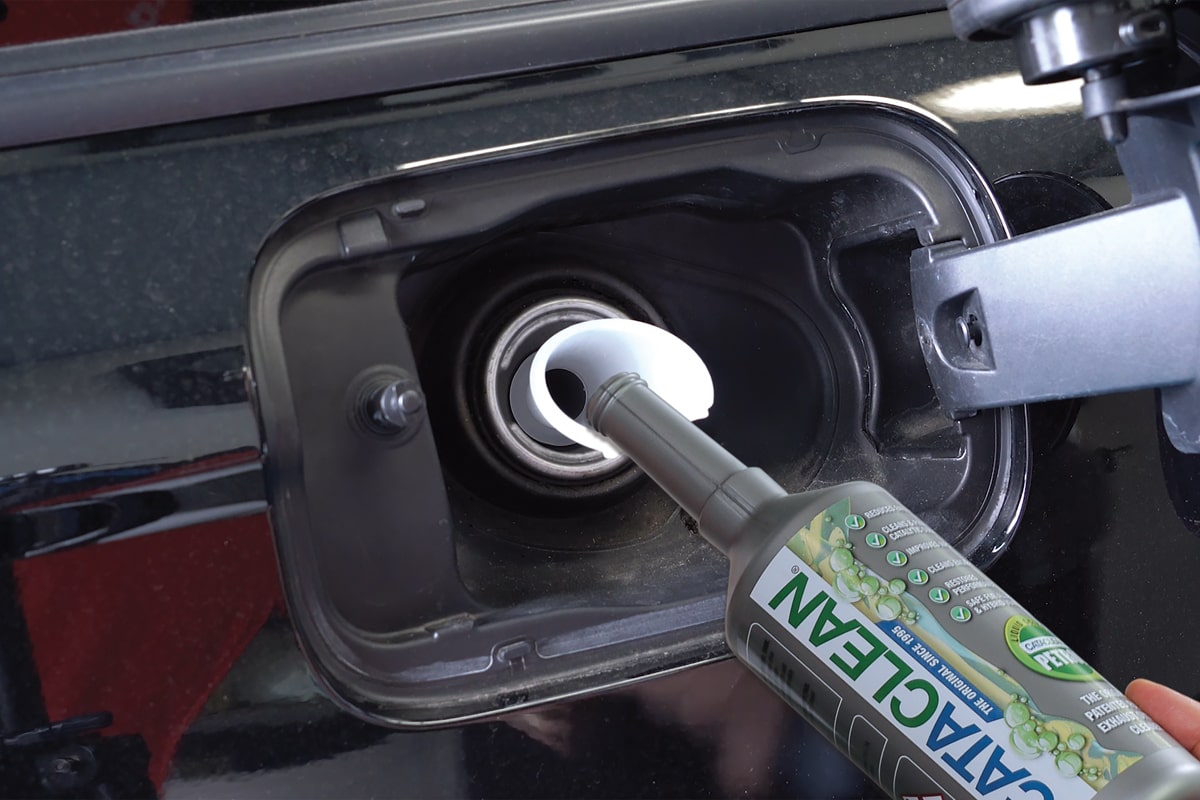How Car Insurance Companies Protect the Property and Its Owners
The concept that drives policies of auto insurance is actually older than the invention of cars itself. A lot of credit for the origin of modern auto insurance is given to Benjamin Franklin. The idea was very simple; in 1751, he managed to get a large group of people to pour money into a pot. This pot was basically a big insurance piggy bank that gave businessmen and common people the luxury of getting a second chance when their property was damaged or even burnt. In the first year of initiating this insurance project, more than 143 policies were written. People started appreciating having a safety net in these relatively dangerous times. Years later, the automobile’s inclusion in these insurance policies was quite logical as they cost a lot and were prone to be damaged easily.
The progression of insurance policies led to the creation of the first official car insurance policy in 1897. Getting insurance was a piece of cake as licensing laws came to be a few years later; this meant a driver’s license or a trail of legal documents were not necessary. Insurance policies started spreading like wildfire, allowing people the opportunity to ensure everything from pets to volcano eruptions. Auto insurance policies have gradually gotten more complex and sophisticated due to risk assessment protocols. A lot of countries legally enforce those with vehicles to insure them as the driver is liable for any damages that they may cause. Different provinces in Canada have different average insurance rates. Broken down by province at MyChoice, the risk assessment by insurers in every province is the main determinant of insurance rates. Every intersection and pothole play a role in determining the average risk in a neighborhood. We’ll be giving you a brief review of how car insurance can protect properties and drivers.
Liability Coverage
Liability insurance policies are the most common as they are legally mandated by all provinces. The reason it’s legally required is that it accounts for any liability damages caused by the driver to other people or properties. The two types of liability coverage are bodily injury and property damage coverages. Bodily injury simply means taking care of a victim’s medical expenses if you were at fault. Property damage is responsible for the expenses of repairs done on properties like cars, houses, and many others. This can be considered a great safety net for drivers who caused an accident, but it still comes with its own limitations.
The driver’s insurance provider can only pay depending on the limits that the driver originally chose and paid for. The mandatory limits may be different from province to province, but it’s still possible to buy additional coverage. Property damage liability limit is used to determine the highest agreed-upon limit that an insurer will pay to another party to cover the repairs. Body injury liability is split into two separate limits; per person and per accident. The per-person provides a ceiling for the payouts given to any party that suffers damages due to an accident you caused. The per accident limit establishes a maximum payout for all and any medical expenses incurred due to an individual accident.

Comprehensive Coverage
Comprehensive coverage is not mandated by the state or province as it’s considered one of the priciest types of auto insurance policies due to its very conclusive plethora of coverages. Comprehensive policies can help the insured individual recover damages made to their car due to odd reasons and crimes like vandalism and theft. A deductible is paid before your insurer starts to reimburse the value of damages that were done to your car. It’s important to understand that comprehensive coverage covers your vehicle on the condition that the damages were not caused by collision with another car or property.
A lot of people wouldn’t be able to afford a car after their new car has been stolen. It’s hard to blame them as financing or leasing a new car takes a toll on the finances and time of the buyer. Comprehensive coverage is seen as a way out of such an unfortunate dilemma. The comprehensive policy doesn’t really provide you with a similar car like the one that was stolen. It simply reimburses you fully based on the value of the car that was stolen, which depends on the market value that is subject to slight fluctuation. This basically gives the owner a new start as they’ll now be able to recover from such an incident with minor damages.
Collision Insurance
This is considered one of the most important types of insurance, as damages caused by a collision are quite common. It’s important to note that collision coverage does not include any damages done to your car due to non-driving related incidents, another vehicle’s damage, and any medical expenses. Common examples of collision insurance covered incidents are accidents with other vehicles, objects, or simply the rolling of your car. It’s very important to think about the limits and deductibles of this insurance policy, as it will probably be the most used policy. When you’re leasing a car, the issuing entity, usually requires you to buy collision insurance coverage. Depending on the limit you’ve set, it can even pay for the replacement of your car if it was totaled after paying the signed-upon deductible.

Uninsured Coverage
Sometimes, a driver can be a bit unlucky, and they’re hit or damaged by another driver who either doesn’t have insurance or their insurance doesn’t cover the expenses caused by the damage befallen on you. In this case, an uninsured coverage can help you cover medical bills and sometimes even repairs in the case of you getting hit by an uninsured or underinsured driver. Some provinces require drivers to have uninsured coverage.
Auto insurance companies are playing a very vital role in the insurance industry, where it dominates most insurance claims done. Each and every day, there are thousands of claims being filed due to reckless and negligent driving. It’s important for car owners arm themselves with inclusive insurance coverages to avoid the hassle of paying for unnecessary medical and repair bills.














